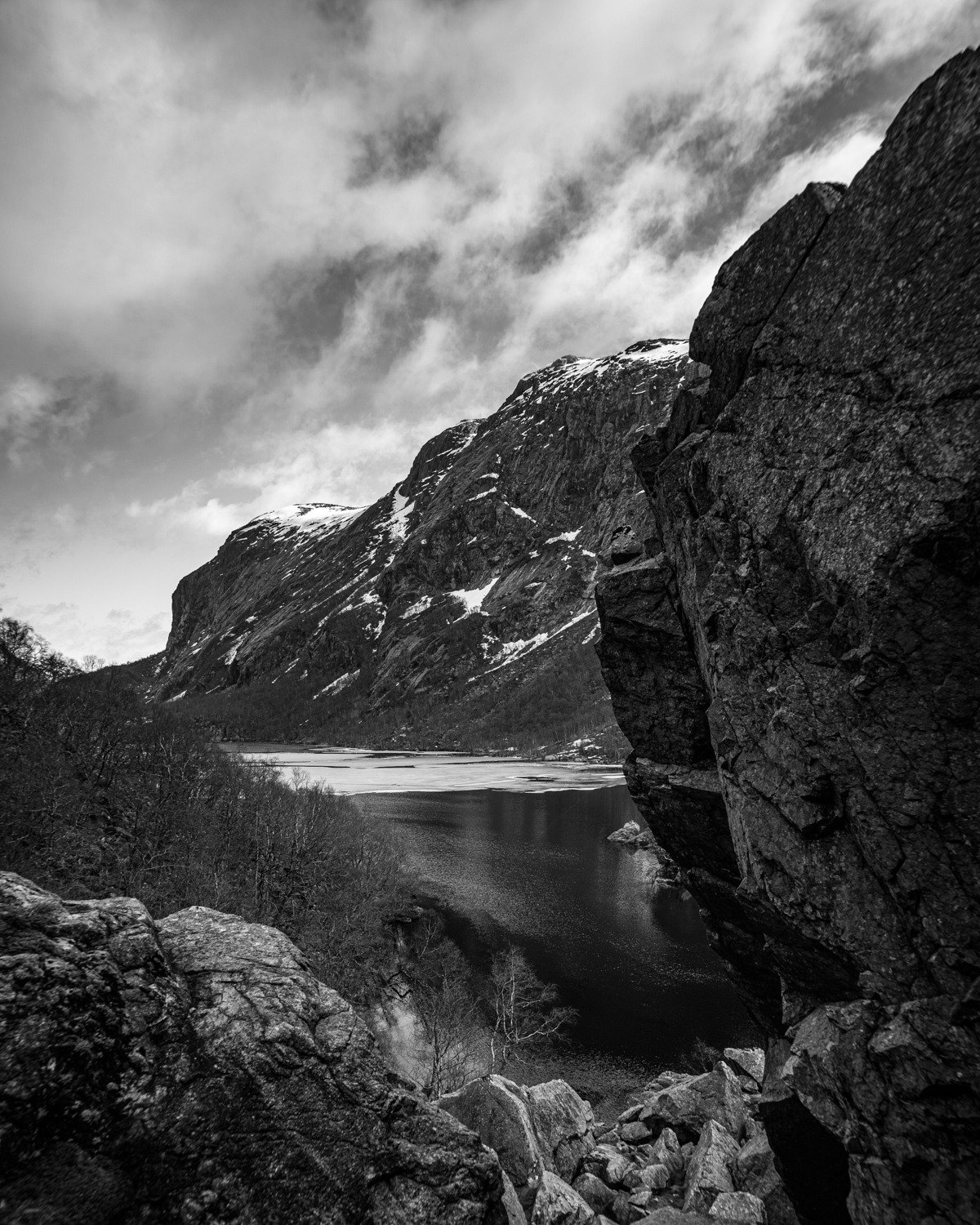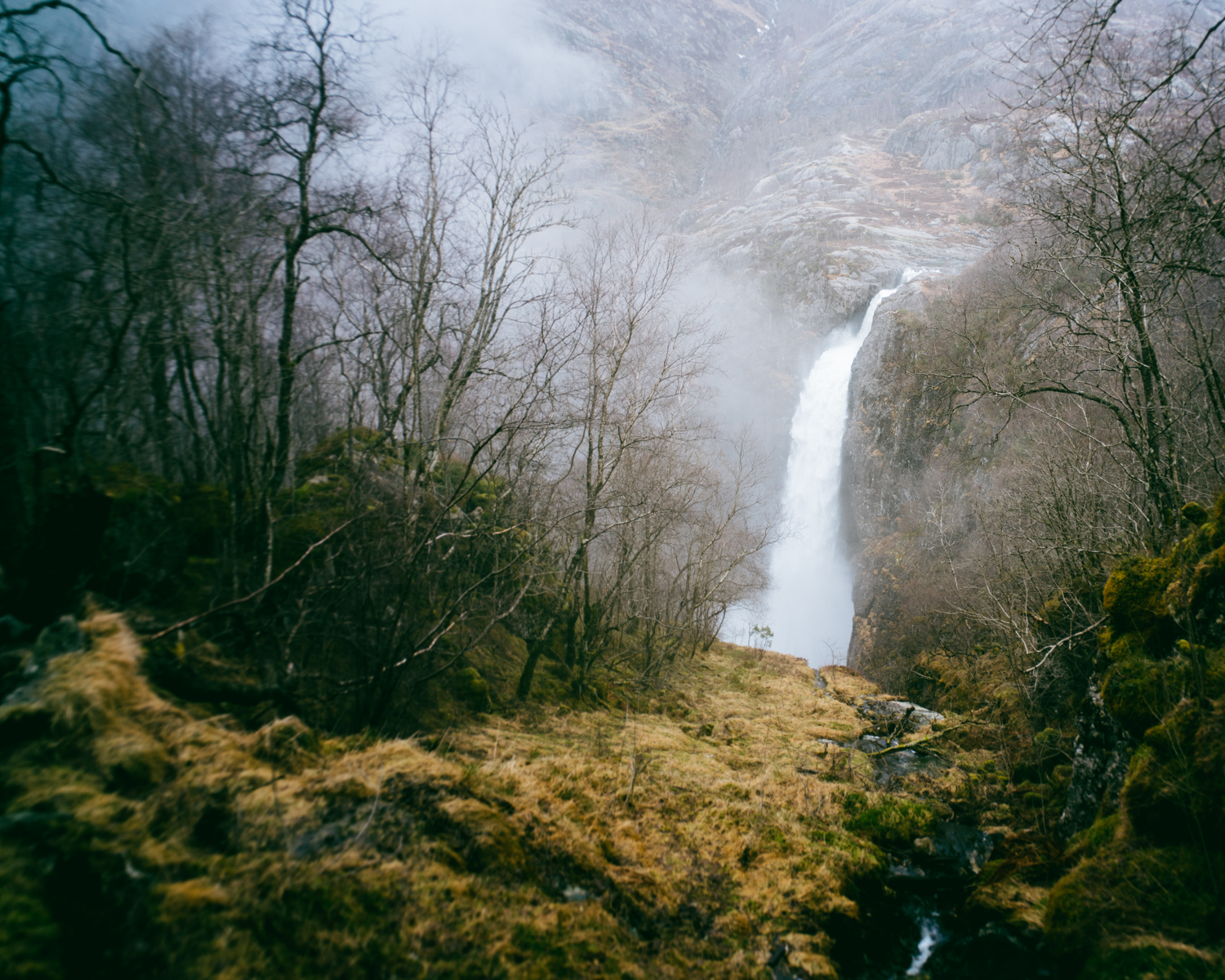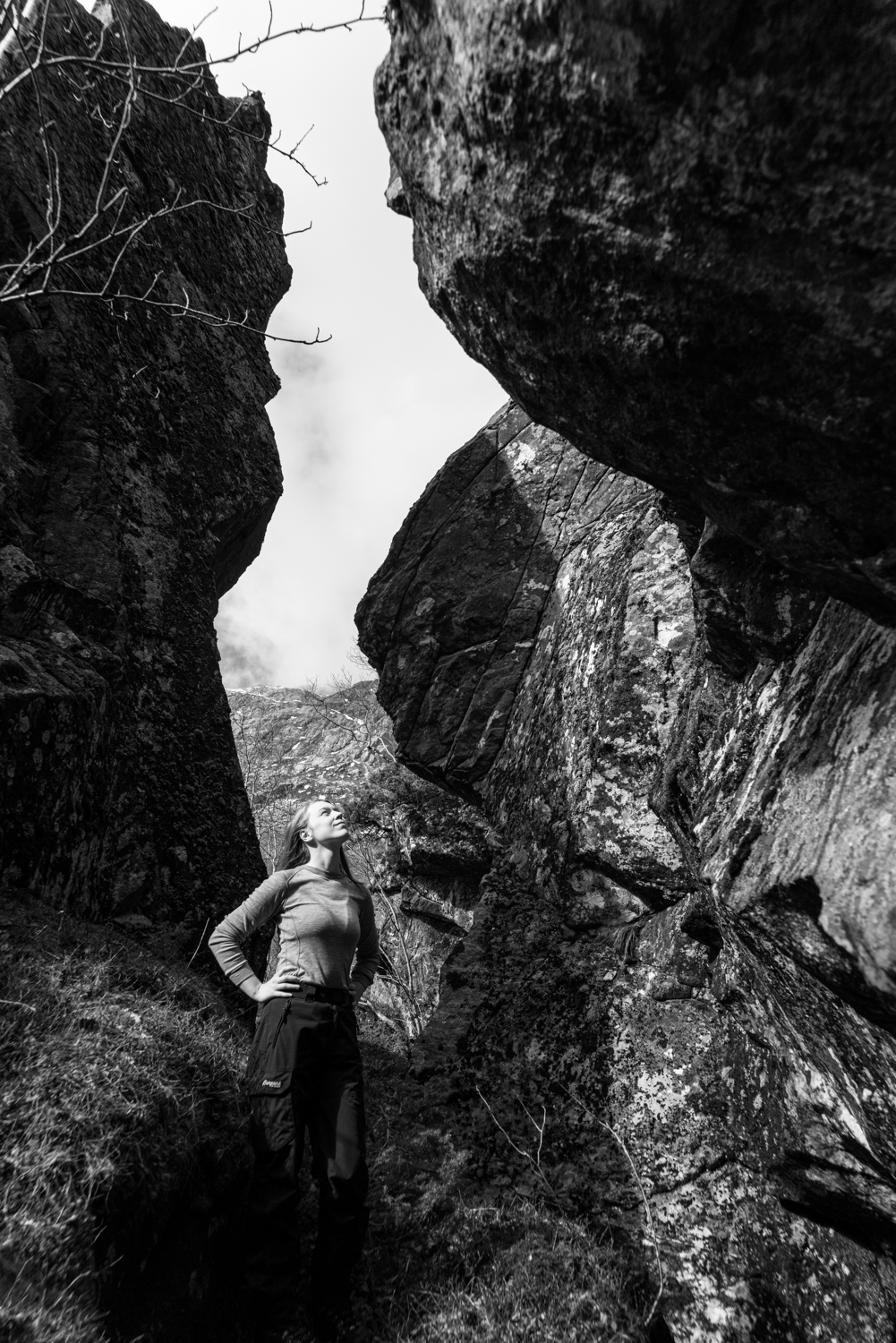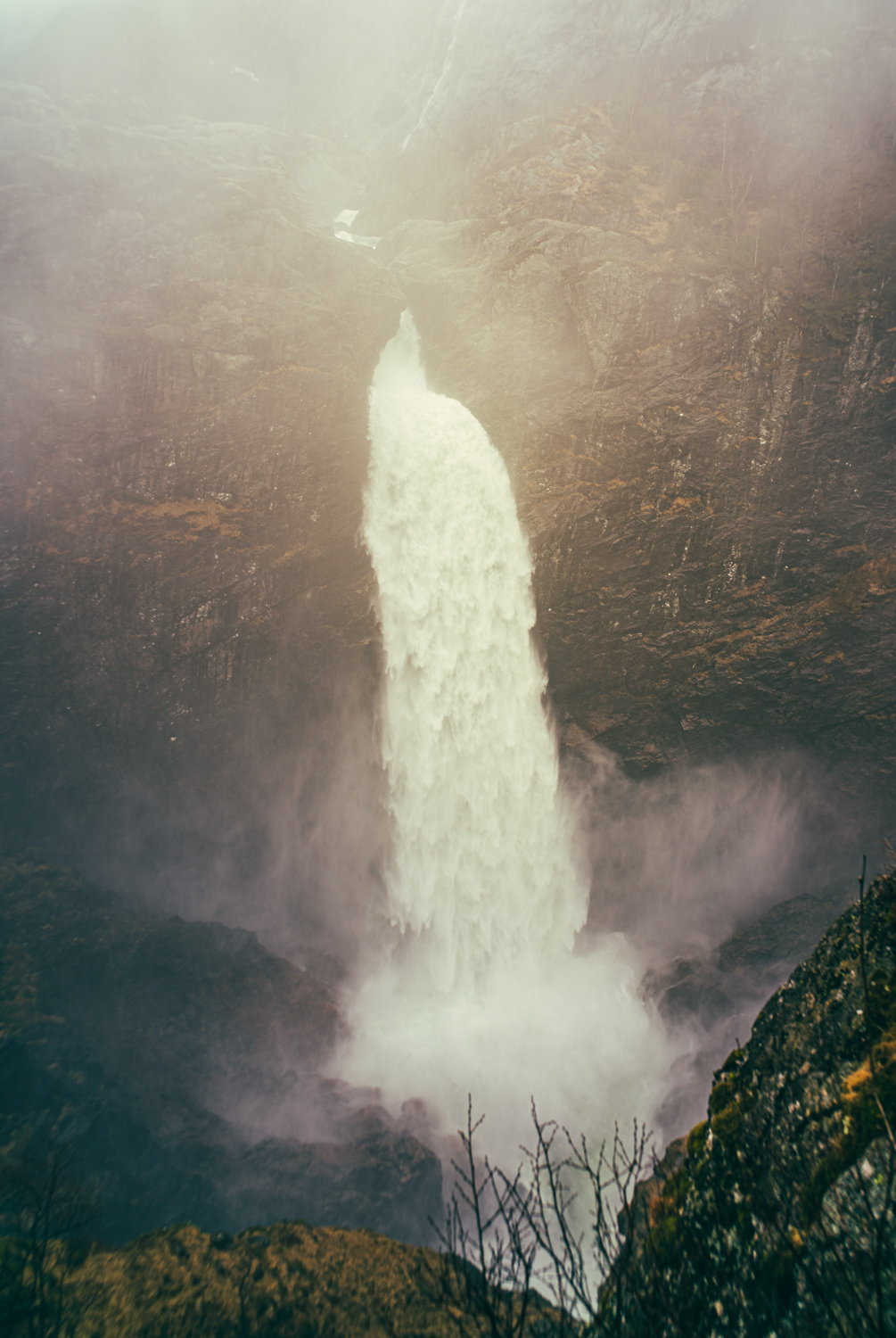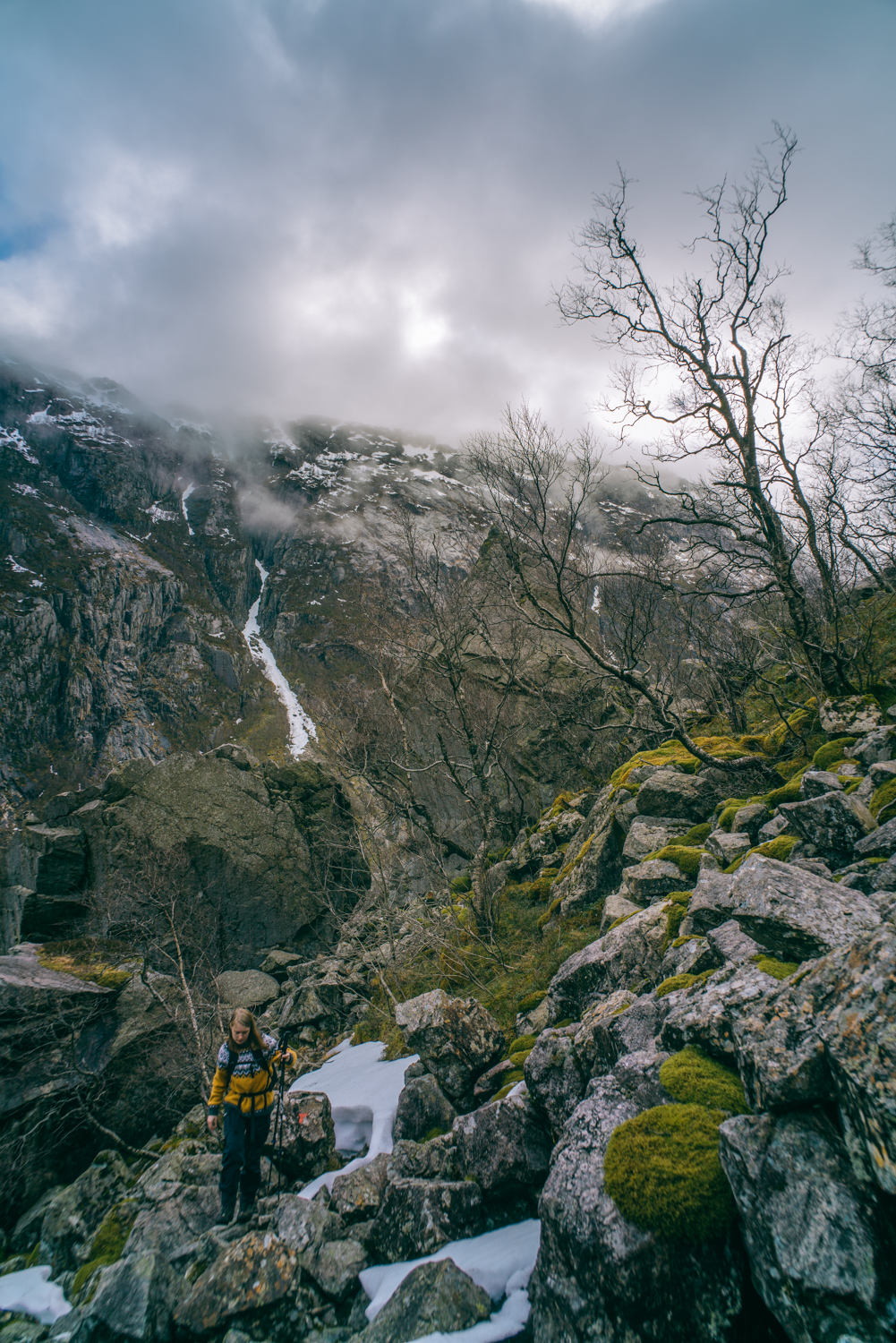The Carl Zeiss Contarex 21mm f/4.5 is my widest of my Contarex set. This is a rare symmetrical wide angle design, that was later scrapped for the more forgiving and easier to work with retrofocus design. The copy that I have got found in an old teak drawer in a to be demolished estate, returned to inheritances and sold at an auction locally. The set consisted of 8 Contarex lenses and two Contarex cameras, all in a pretty good condition. The original owner was a rich but not famous photographer who lived here in Norway in the 60s. These gems could have easily been destroyed and forgotten if it were not for the demolition workers who found them. Personally I had to sell most of my previous vintage lenses and cameras to even afford this Contarex set. Goodbye classical Takumars, Canons and Yashicas.

Assembly / camera lens compatibility
Contarex lenses are generally easy to adapt to modern mirrorless cameras.Sony E-mount, Fuji X-mount, Micro Four Thirds, Leica M, Canon RF-mount and others can use these lenses. Even if you don’t find an adapter for your system, maybe it is possible to combine two adapters, like Leica-M to Fuji G-mount. Therefore it is also possible to use an autofocus adapter like the Techart autofocus adapter, for people who are not comfortable with shooting manual.
What makes these adapters potentially more expensive than others are the fact that it must control the aperture directly from the adapter itself. The Biogon 21mm f/4.5 is one of the exceptions of this, with full aperture control from the lens itself. But normally you can’t control the aperture from the lens itself. If you are already investing in these more expensive vintage lenses and intend to actually use them, I would invest in a good adapter. I have tried the cheap, but I couldn’t settle before I bought a used Metabones adapter.

Lens overview
Build Quality
Build quality is as expected for old Zeiss lenses from West-Germany. Sturdy, all metal, about 280 grams (400 grams with adapter). It is extremely compact with a small form factor.
Optical scheme
This is an ultra-wide angle lens with a symmetrical lens design. This means it has to be very close to the film sensor. I don’t know why lens manufacturers stopped using this particular optical scheme, but I suspect it is the fact you can’t use normal SLRs without an extra external viewfinder.
Minimum focus
With its small size, comes its first drawback: Because the lens has to be so close to the film plane, and is at the same time wide angle, it makes room for focusing small. Focus is at minimum 1 m, which is not great for a wide angle lens that often needs to get close to subjects. My solution for this was easy, buy a cheap Leica M mount to E mount with a built-in focusing helicoid for extra focusing capabilities. When using the adapter I can get to about 15 cm from the subject, which is a huge improvement. This technique can be used on the other COntarex lenses too, but for now, I haven’t felt the need to.
Focus / aperture blades
Unfortunately my copy is pretty slow on focusing and controlling the aperture, I don’t know if it is supposed to be this hard, but I suspect it is not. The helicoid grease is simply turning hard. This is something that can happen with these lenses from this time, it is something about what grease Carl Zeiss used at that time. Basically don’t store your Contarex lenses in high humidity and warm places. Let’s hope my other Contarex lenses don’t go stiff, because repairing them won’t be cheap.
There is about only 12 mm of space for both focusing and aperture control, this makes it even more hard to operate, so when I actually am using this lens, I prefer using only the extra focusing helicoid in the adapter.



Lens characteristics
Sharpness
The lens is very sharp at f/4.5 and improves up to f/16. Corners get better to f/16, but it will never get perfect. Which has to do with the lens design, it is simply too close to the sensor, the angle of attack in the corners are too steep. I have read that it is more sharp in the corners when shooting analog.
Vignetting
For the same reason the lens is not sharp in the corners it also vignettes heavily. For modern times this is not a problem, not for me at least. When editing the photos in software like Adobe Lightroom you can easily remove lens vignetting, normally it is removed at about +50 on the scale (of +100).
Distortion
Because of the symmetrical lens design there is almost no distortion to speak of.
Chromatic aberration / Flare
There is little to no chromatic aberration, even in high contrast surfaces, corners are unsharp but no chromatic aberration or flares.
Color rendition
There is high contrast and good color rendition throughout the image.





Summary
Pros
- Lightweight
- Compact
- Generally sharp in center at f/4.5
- Little to no distortion
- Little chromatic aberration
- Good color rendition and contrast
Cons
- Minimum focus 1 m with no extra focusing helicoids
- Not sharp at corners on digital sensors until f/16
- Vignetting at all f-stops
- Not light sensitive
- Shoot silent mode (without shutter)
- If shooting analog external viewfinder is a must
- Included lens hood visible in corners on full frame











